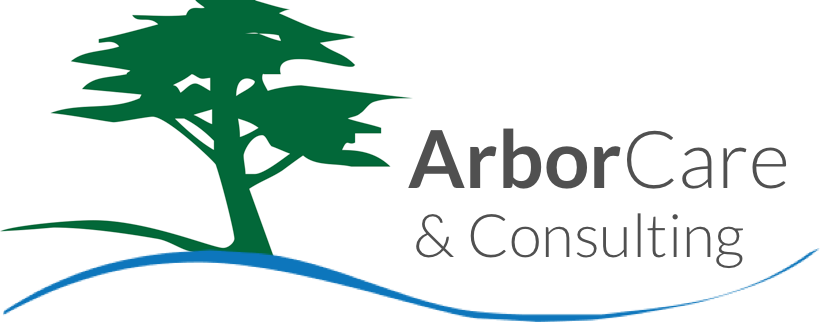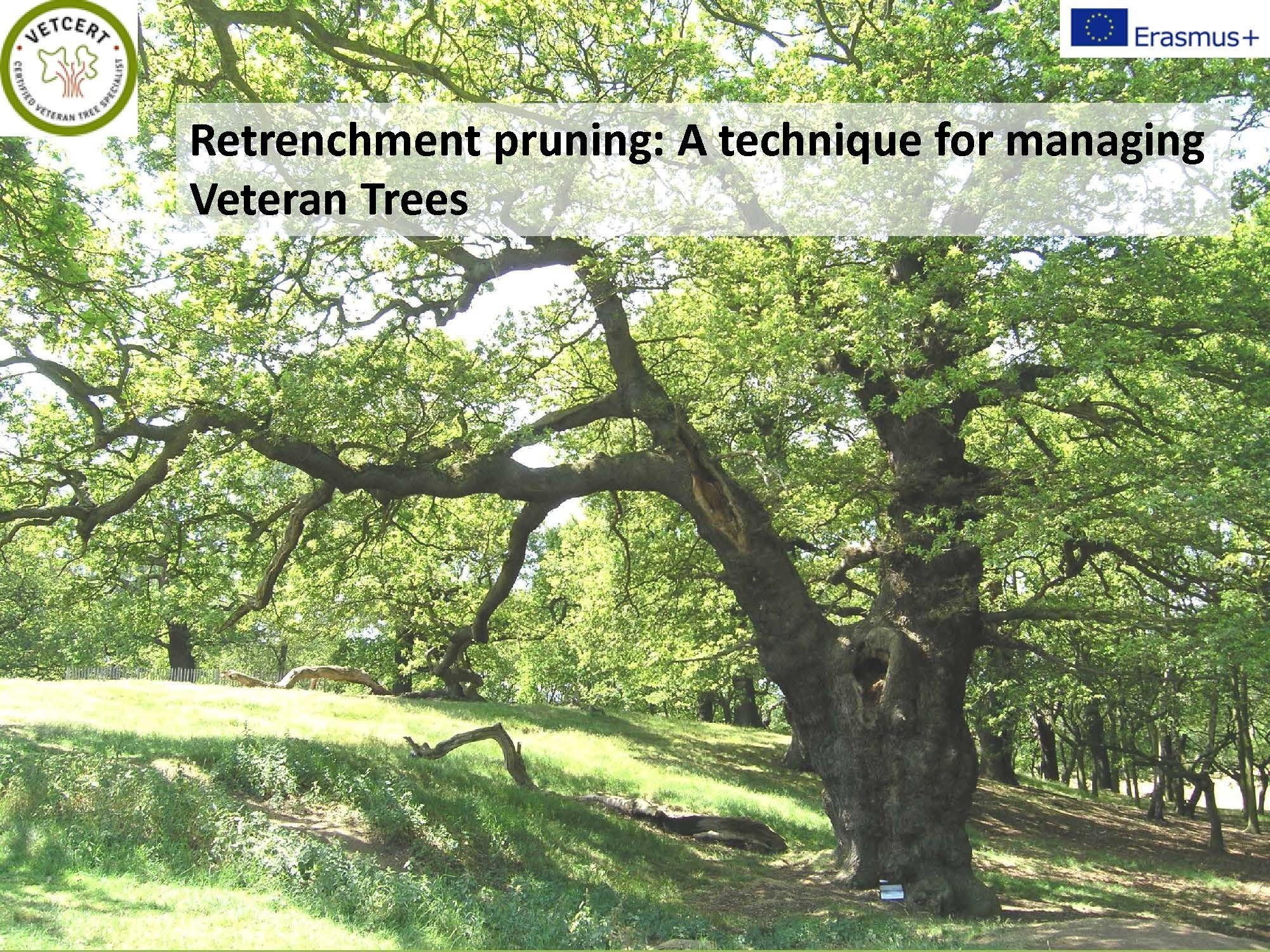When we are assessing the health needs of your trees, the first thing we consider is any potential damage or danger that might occur as a result of branch and or tree failure.
Secondly, we at ArborCare and Consulting consider the health of the trees and the important role they play in the overall landscape picture. Finally, a lot more information about our pruning approaches and other services can be found here on our website.
A number of factors are considered when pricing a job. Among these are the costs of our overhead (i.e. fuel and other consumables, insurance, salaries, marketing, recycling costs, equipment repairs, etc.) the time necessary to complete the job (which includes the time for the bid, at the job site and at the recycling site), the degree of difficulty, and the tools needed to efficiently and safely complete the job. We would love to work with our clients (and regularly do) in whatever ways we can safely and legally minimize our overhead to give our clients the absolute best price.
With ArborCare and Consulting, you can be assured that all of our services are performed with safety in mind and that we are in compliance with every applicable ANSI and OSHA standard and the I.S.A. Best Management Practices, to ensure our clients that they are receiving the highest quality of service. Finally, as with all of our services, everything we do is tailored to the client’s requests in order to ensure the finished product results in the client’s total satisfaction.
Tree Pruning Options
This is the premium quality of care we offer. This level will enable your trees to achieve their full, natural growth potential. We also will prune the tree in such a way as to accentuate the overall beauty of your home and landscaping.
- Thinning of the canopy
- Removing approximately 85% of ball moss (in most cases it is impossible to mechanically remove the moss without causing unnecessary canopy loss, therefore it is best to leave a minimal percentage of ball moss)
- Eliminating dead, dying, rubbing or diseased branches not to include 2/3rd inch in diameter or smaller
- Carefully selecting and promoting dominant limbs by removing the inferior ones
- Removal of approximately 1/3 of sprouts (leaving those that have the potential for becoming beneficial branches, or beneficial temporarily for food production and are contributory to increasing branch caliper)
- Effect separation between trees and or other plants for their mutual benefit
- Any necessary lifting off roof (4-5’ on canopy; 1’ or more as needed for large branches)
- Painting of all oak cuts ½” and larger w/an oil-based, non-phytotoxic paint
- Cleaning debris caused
- Some canopy thinning
- Removing approximately 65-75% of ball moss
- Elimination of large and medium-sized dead branches (not to include branches less than 2” in diameter
- Selection of key dominate limbs and elimination of some key inferior branches
- Removal of sprouts on the main trunk and in the main lower branch unions
- Any necessary lifting off the roof
- Painting of all oak cuts ½” or larger w/an oil-based, non-phytotoxic paint
- Cleaning debris caused
- Elimination of medium and large-sized dead branches (3” in diameter or larger)
- Removal of a few limbs that are either rubbing or causing congestion
- Any needed lifting over the house
- Painting of oak cuts ½” and larger w/an oil-based, non-phytotoxic paint
- Cleaning debris caused








